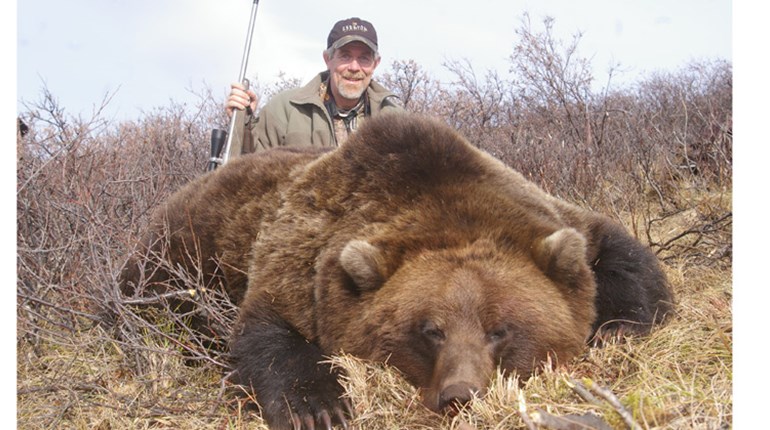
Mule deer and whitetails share a way with words. If you need to persuade a mule deer to show itself in timber or pry it from a desert crevice, consider deer calls. Long-range calls include rattling and the blasting shout of a snort-wheeze. Both are head-turners. Also understand mule deer advertise dominance with aggressive gestures while responding to these messages.
Subtle calls to pique curiosity and the anticipation of breeding include grunts and bleats. Like whitetails, mule deer hear those sounds and amorous images of estrus activity float through their minds. In some mule deer settings it’s a tossup as to what will show when you send a series of calls into thick cover. I’ve had as many as five bucks show up at once, mule deer and whitetails combined.
Also consider mimicking fawn- and doe-distress calls; in dense habitat, like cedar-choked canyons, the sounds can initiate heads popping from cover to locate the alarmist. Herds of does particularly fall for a high-pitched fawn squall. Any bucks in their midst oftentimes follow in tow. Plus, a lone buck in escape mode may stop and look when the call is sounded. It might give you several seconds for a fleeting shot.
If you’re armed with whitetail calls you already have a Rosetta Stone toolbox at hand. If you’re shopping for new calls consider specialty units like those made by Hunters Specialties, such as the West Coast Grunter tuned for blacktails. The Slam Talker is particularly useful as it can produce deep grunts, estrus bleats, fawn chatter and snort-wheeze challenges.





































